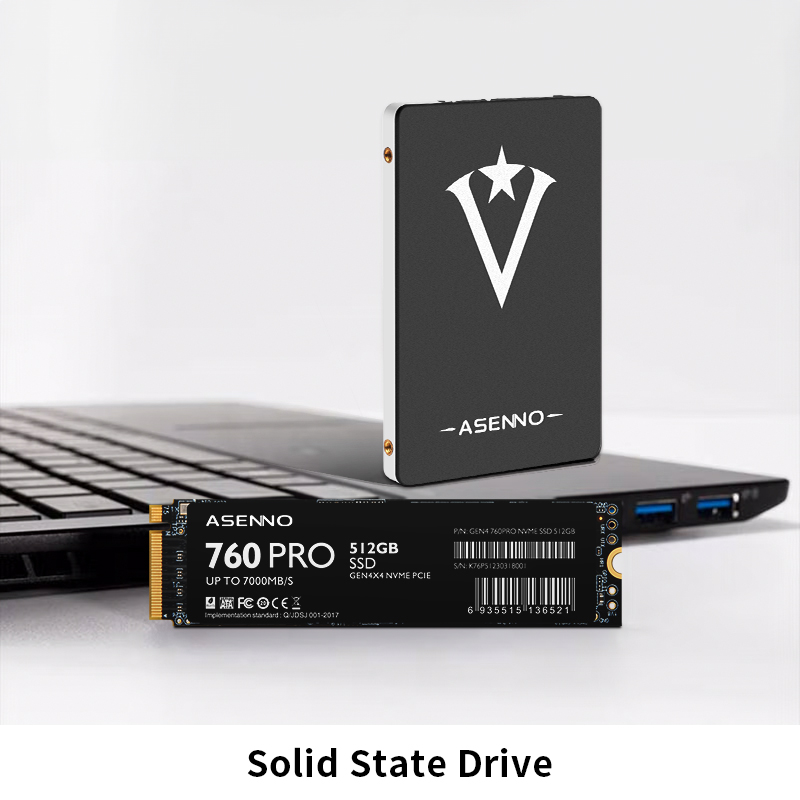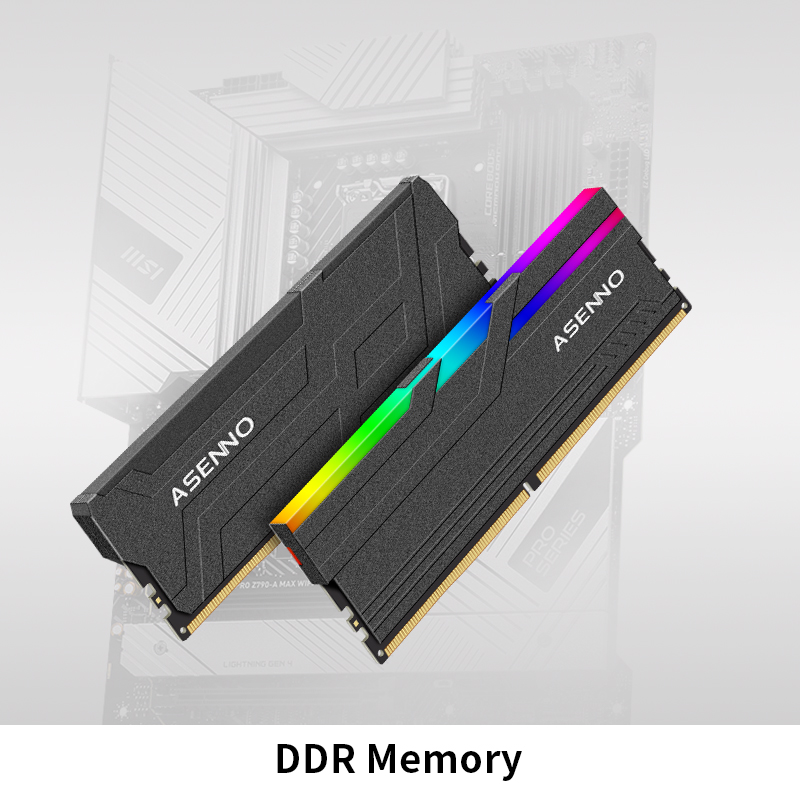Does RAM Really Need Heat Spreaders?
Most people who only use their computers for daily tasks are likely fine with bare RAM(Random Access Memory). Light users, such as those browsing the web, working with spreadsheets, or playing small games, won’t generate much heat and can keep their systems running smoothly. However, if you fall into the following types of users, having a heatspreader can be beneficial.
- Overclockers
- Gamers and PC Enthusiasts
- Workstation Users
- Use systems with limited airflow
What Happens If RAM Overheats
- Random Crashes
- Blue Screen of Death (BSOD)
- Reduced Performance
- Data Corruption
- Decreased Lifespan
Preventing RAM Overheating
- Install a Heatspreader: Add a RAM cooler or opt for heat-dissipating RAM.
- Improve Case Cooling: Adding fans, installing liquid cooling, or using a fan controller.
- Regular Cleaning: Dust buildup can block airflow and cause overheating.
- Monitor Your RAM Temperature: Use software like HWMonitor or CPU-Z to keep an eye on RAM temperatures.
How to Install a Heatsink on RAM?
- Power Off and Unplug
- Remove RAM
- Clean the RAM
- Apply Thermal Tape
- Attach Heatsink
- Reinstall RAM
- Test System
Of course, many brands now offer RAM with built-in heatsinks, featuring aesthetically pleasing designs that better match modern PC setups. These heatsink-equipped RAM modules are typically made from thermally conductive materials like aluminum or copper, which absorb heat from the RAM chips and distribute it across their surface, reducing hotspots.



.jpg)
-400x400.jpg)
-400x400.jpg)
-400x400.jpg)
-400x400.jpg)
-1-400x400.jpg)